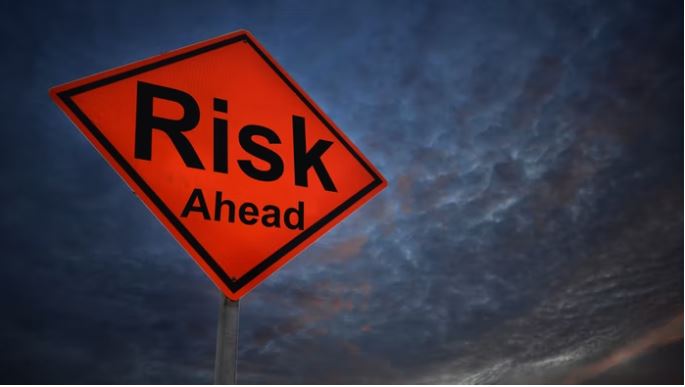In the industries that we support, compliance, regulation, and requirements, especially as they relate to labeling: is commonplace conversation. What isn’t as apparent is the discussion of risk-based thinking. “Over the past few years, organizations have begun to embrace an even broader mindset towards risk-based thinking motivated by the growing discipline of regulatory compliance and an increasing number of unexpected global events that have impacted their operations.”
The idea of examining all possible risks and scenario planning for the “what ifs” is often called business continuity, risk management, or disaster management. There are four main areas to consider when building a risk management program that can be used across multiple business processes:
- Risk Assessment– identifying all the things that could go wrong, while daunting, is important so that a plan can be put in place if something does occur. The assessment should cover all areas of the business including, employee health and safety, Finance, IT, Operations, and Program Management.
- Incident Management and Business Recovery Planning– Once the risks are identified and the areas that may be impacted, diving into the details of what recovery may look like under all the different risk scenarios is essential.
- Internal Audit Checks– Auditing on a regular basis helps identify where plans may need to be modified and additional training provided.
- Test Exercise– a complete simulation of a plant’s highest-priority emergencies enables companies to truly know whether their scenario or risk-management planning works.
You can take this same mindset and apply it to most business processes including Enterprise labeling. In the labeling world, business continuity has been built-in through redundancies. Printing redundancies include extra components to help prevent work stoppage when other components fail. Pragmatyxs can ensure your labeling system addresses the four areas above for a strong risk management plan.
